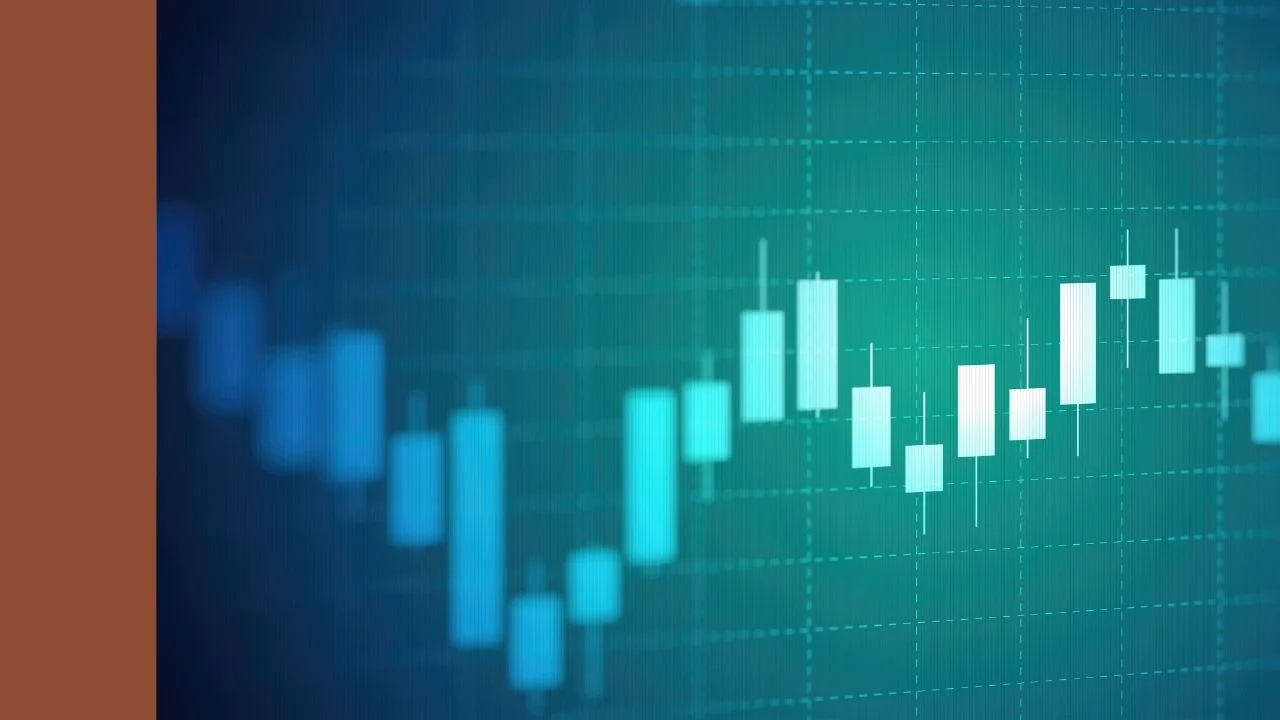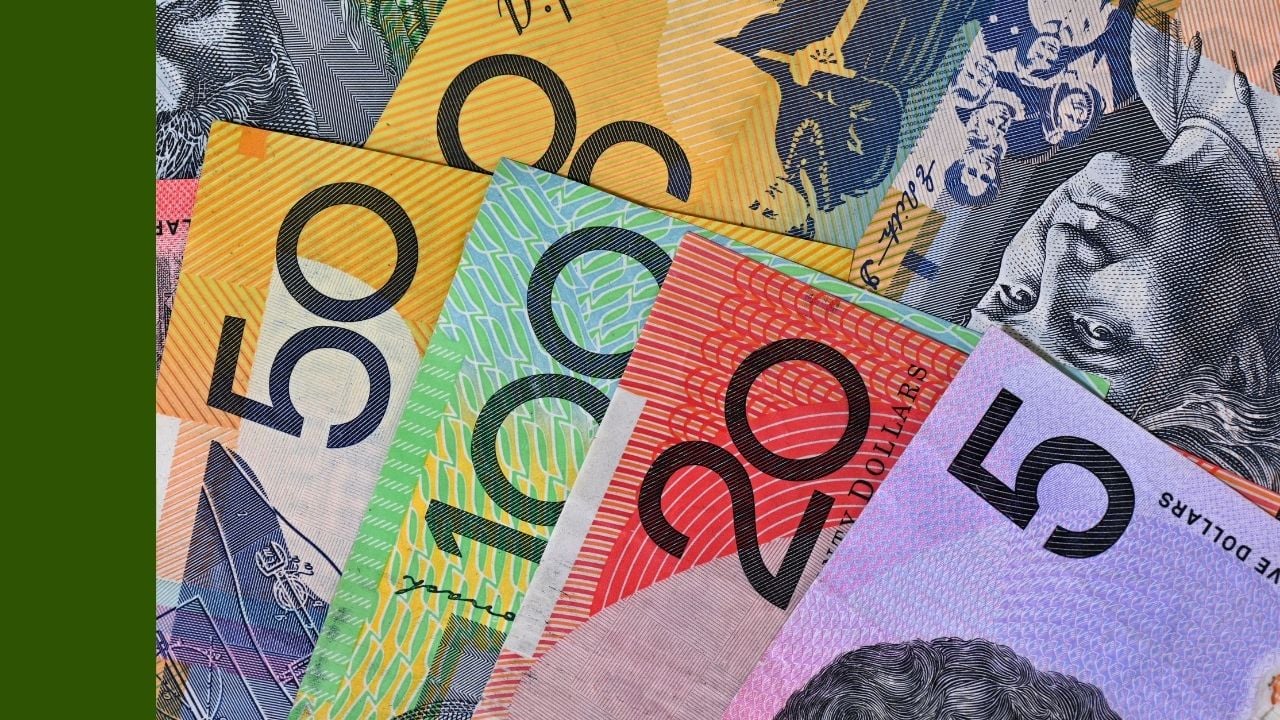Could Telstra Corporation Ltd (ASX: TLS) shareholders await the same fate as National Australia Bank Ltd (ASX: NAB) investors?
With interest rates at record lows, the possibility of a further RBA rate cut and the Labor party promising to end excess franking credit cash refunds if they win the federal election, it’s no wonder why investors feel they have enough to worry about without being whacked by a dividend cut.
Investors in National Australia Bank were handed a reduced dividend last week.
The Appeal Of Dividend Yield In 2019
To different investors, but especially retirees or those who invest for a passive income, a juicy and reliable dividend is very appealing when interest rates on term deposits are hovering around 2.5%. Since interest from a term deposit is subject to income tax, many investors will be lucky to receive a 2% return on their money after tax — barely enough to keep up with inflation!
For years, Telstra reliably and consistently paid a dividend of at least 28 cents per share (cps) — 40cps grossed up with franking credits. That’s why it has been a retiree portfolio favourite for over a decade.
It also explains how, despite relatively benign profit growth, Australian investors were able to push Telstra’s share price to a high of around ~$6.60 over the last 5 years. With the Telstra share price around ~$3.30 right now, it’s a far cry from its 5-year high and looks unlikely to return there anytime soon.
A Cut To Telstra’s Dividends?
Investors probably see few better dividend alternatives than Telstra.
Maybe they think that since Telstra have already cut their dividends, they won’t cut it any further? Or maybe they are even hoping Telstra will raise its dividend again in the near future?
Telstra paid 22cps in dividends last financial year and CEO Andy Penn is on record as saying Telstra will target a payout ratio of 70-90% of the year’s profit. Analysts surveyed by WSJ have a profit estimate set for Telstra at 20cps. If analysts are correct it might be reasonable for investors to expect a total dividend of 14-18cps in FY2019.
To be honest, I’d rather invest in a diversified, dividend-paying ETF — like the one in the free investing report below…
[ls_content_block id=”14948″ para=”paragraphs”]
Disclosure: at the time of writing, Andrew does not own any shares in the companies mentioned.







